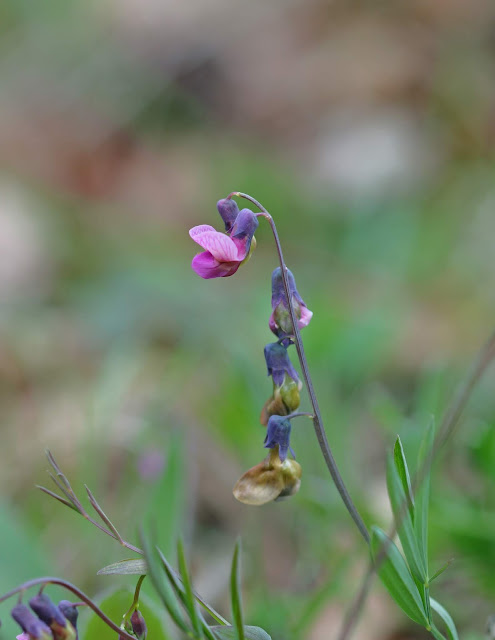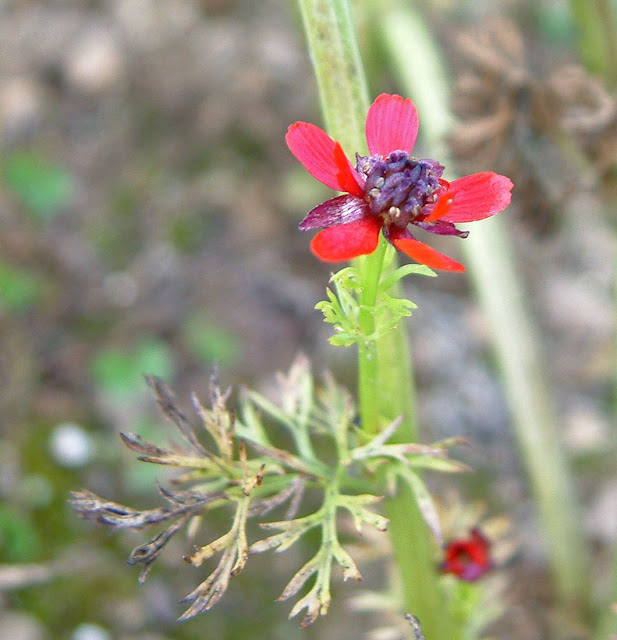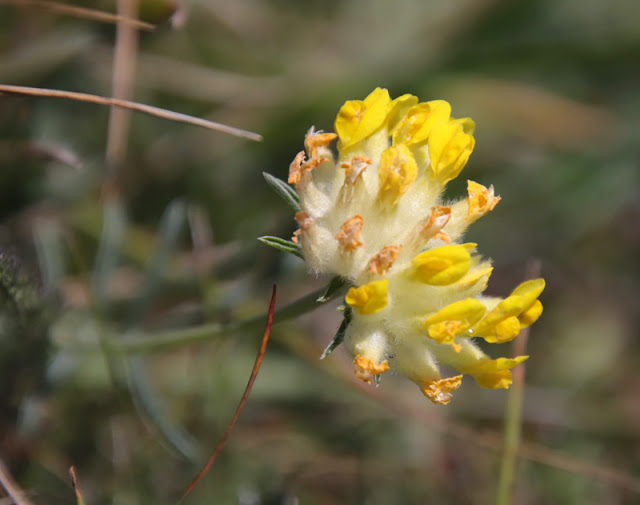People's Walk for Wildlife - Kent Wildflowers Part 2

Lathyrus linifolius - Bitter Vetch Of Least Concern in England but its rate of decline means it is now Near Threatened. From 1930 - 1999 it has declined by 29% in England, in Kent it has declined 63% from 1971 to 2005. I am unsure what the causes are for decline, but the usual reasons of habitat loss are likely to blame. Melampyrum pratense - Commom Cow-wheat Of Least Concern in England, though now classed as Near Threatened due to losses of 28% since 1930 to 1999. In Kent, it has declined by a much larger 48% from 1971 to 2005. This species is a hemiparasite and usually attaches itself to a woody shrub or tree. As there are still plpenty of trees and woody shrubs around, I am unsure why there is a decline, but it may possibly be due to a lack of woodland management over the years. Mentha arvensis - Corn Mint Of Least Concern in England, though now classed as Near Threatened due to losses of 25% since 1930 to 1999. In Kent, it has declined b

